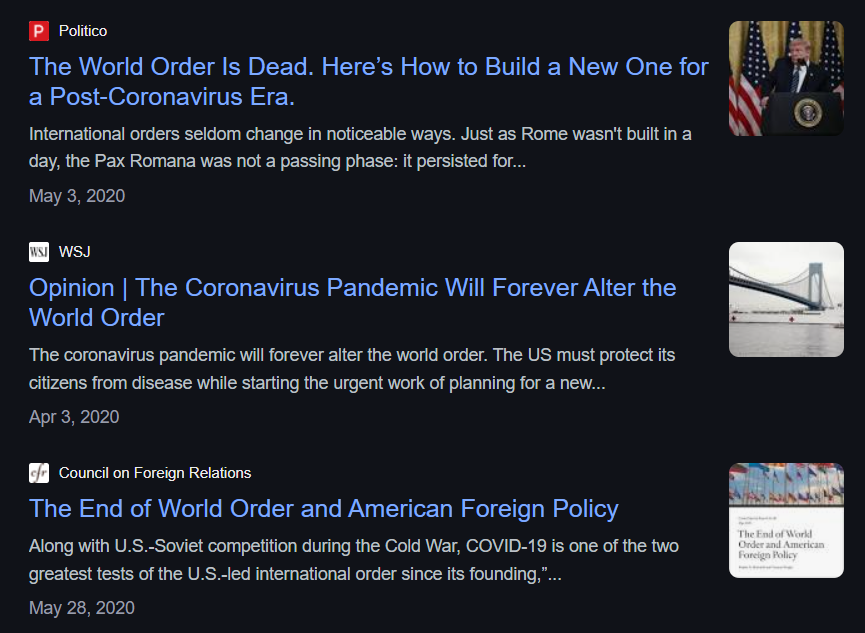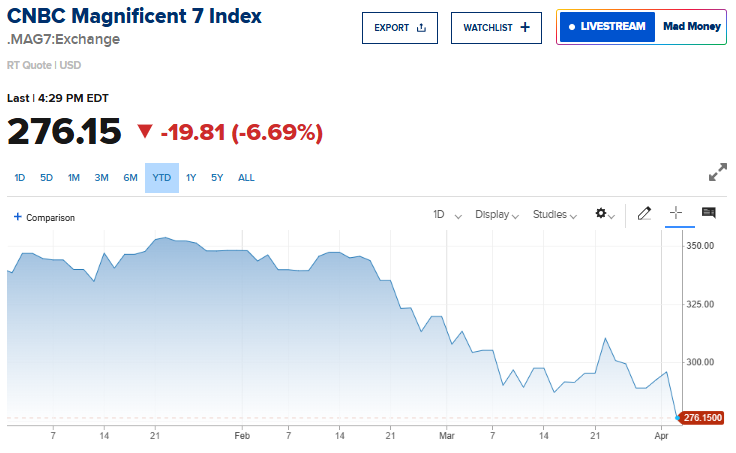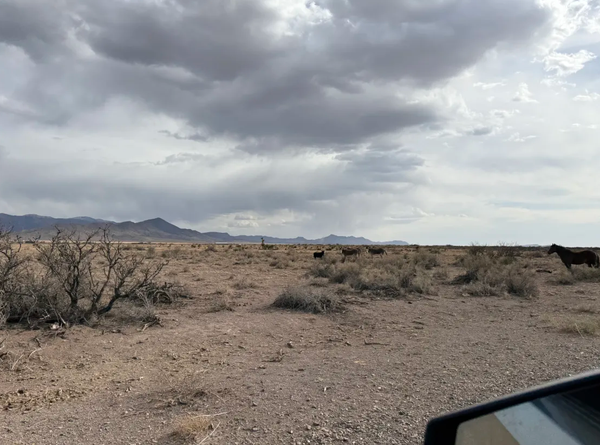Before they were the four most valuable stocks on the planet…
(Let’s do this week’s Trading With Cody Subscriber Live Q&A Conference Call at 2pm ET today. And I’ll even riff through all your questions from the last week in this chat room at that time too. And we’ll post all of it and send it out to you before I go home today. Join me on the phone(Dial-in: #: 641-715-0700 Access Code: 709981), in the Trading With Cody chat room or just email us your question. Now onto today’s report.)
It’s easy to be like: FB and Apple and Amazon and Google are mega-cap stocks and they’re different than non-mega cap stocks. In the Trading With Cody Chat Room today, people are upset about our losses in Gigamon and the fact that I’m cutting those losses this week.
“Hi Cody as you have probably read myself and few others have been discussing exit strategies on some stocks. I have one I use but am curious on what you think. I’m not talking about stocks like Apple and Google and Amazon and Facebbook but stocks like GIMO, FIT, and even FSLR, AMBA. Why let these run down 50% or more without some kind of risk control which, for me, is needed in investing or trading?”
And
“I was right there with you on $FIT, and took my lumps too, so I feel you pain on both stocks (although I have not sold $GIMO yet). Both of those names are good reasons for the discussion that we have been having on the board about trying to be strategic in having an exit plan as well. I think one thing we really cannot afford to do in our portfolios have big losers. It would be really good if we could get some feedback from Cody on how to handle these stocks that lose a lot of value, fast.”
Look, if there were some sort of a magical system that could prevent me from ever buying any stocks that I end having to sell for a loss, I would do it. Don’t you think Bill Ackman would have spent a billion dollars to find that magical system that would have kept him from losing 90% of his investment, a loss of $4 billion, in his fund’s largest position, Valeant, from 2015 to 2017? One of the systems we can use, and which I have indeed used on Fitbit last year and Gimo this week — cutting our losses and moving on.
You might think you can simply employ some sort of “I’ll always sell if the stock is down 20%” or something. But then you’d have sold Apple and Google and Amazon and Facebook many times over the years while I’ve held onto them and trusted in my analysis.
You’ll simply never be able to find a system that would enable you to sell out of a stock before it drops 30% or 50% or more and then be able to get back into it before it goes back up 3-fold or 5-fold or 100-fold like Apple has since we bought back in March 2003.
I always hearken back to the memories of $AAPL, $GOOG, $FB and $AMZN having been down 50% or more at many points during the many years that I’ve been owning those names. If you try to out-trade the long-term value creation of investing in Revolutionary Companies you’ll end up missing most of the 1000%, 10,000% returns over the years. My analysis is my best risk control, by which I mean that analyzing stocks and trends and getting positioned for the big cycles in the market properly is the best way for me to control risk. Not trying to control risk through trading in and out of individual stocks — which is simply impossible to do consistently over many years and decades.
So yea, it’s easy to be like: FB and Apple and Amazon and Google are mega-cap stocks and they’re different than non-mega cap stocks. But I’m here to remind you that I was buying — investing (not trading) each and every one of those four stocks long before they were mega-caps.
Facebook’s market cap when I bought it: $50BB. Market cap now: $440BB
Apple Market cap when I bought it: $4BB. Market cap now: $770BB
Google – Market cap when I bought it: $30BB. Market cap now: $670BB
Amazon – Market cap when I bought it (though I have bought and sold this stock entirely several times over the years since I first bought it — regrettably, because I’d have made much more money if I’d just held it): $70BB Market cap now: $450BB
Want some more context? Here are the market caps of some of our stocks not named Apple, Google, Amazon and Facebook right now:
- Nvidia’s market cap when I bought it a couple years ago: $18 billion. Market cap now: $60 billion.
- Axogen’s market cap when I bought it about three years ago: $120 million. Market cap now: $400 million
- First Solar’s market cap when I bought a few years ago: $3 billion Market cap right now: $3.6 billion
- Ambarella’s market cap when I bought it a few years ago: $800 million. Market cap now: $1.9 billion
- Sony’s market cap when I bought it a few years ago: $15 billion. Market cap now: $42 billion
- Palo Alto’s market cap when I bought a few months ago: $13 billion. Market cap right now: $11 billion
- Snap Chat’s market cap when I bought a few weeks ago: $23 billion. Market cap now: $25 billion.
And as for the losers mentioned above:
- Fitbit’s market cap when I bought it: $5 billion. Market cap when I sold it: $2 billion.
- Gigamon’s market cap when I bought it: $1.6 billion. Market cap now as I’m selling it: $1.2 billion
Certainly I’ve had other stocks I’d sold for a loss over the years, but that’s part of cutting your losses.
But you can see that our many winners that we’ve let ride over time, even as they’ve had pullbacks of 30% or 50% or more over that time frame, because we trusted our analysis and didn’t try to create a system where one doesn’t exist. I mean, let’s keep it real here — how many other writers, investors or money managers can point to the fact that they bought each of the four largest and most valuable stocks on the planet long before they were the four largest and most valuable stocks on the planet.
I do want to be clear though — I hate losses just as much as you guys do and I’m trying every day to do everything I can to avoid them!




